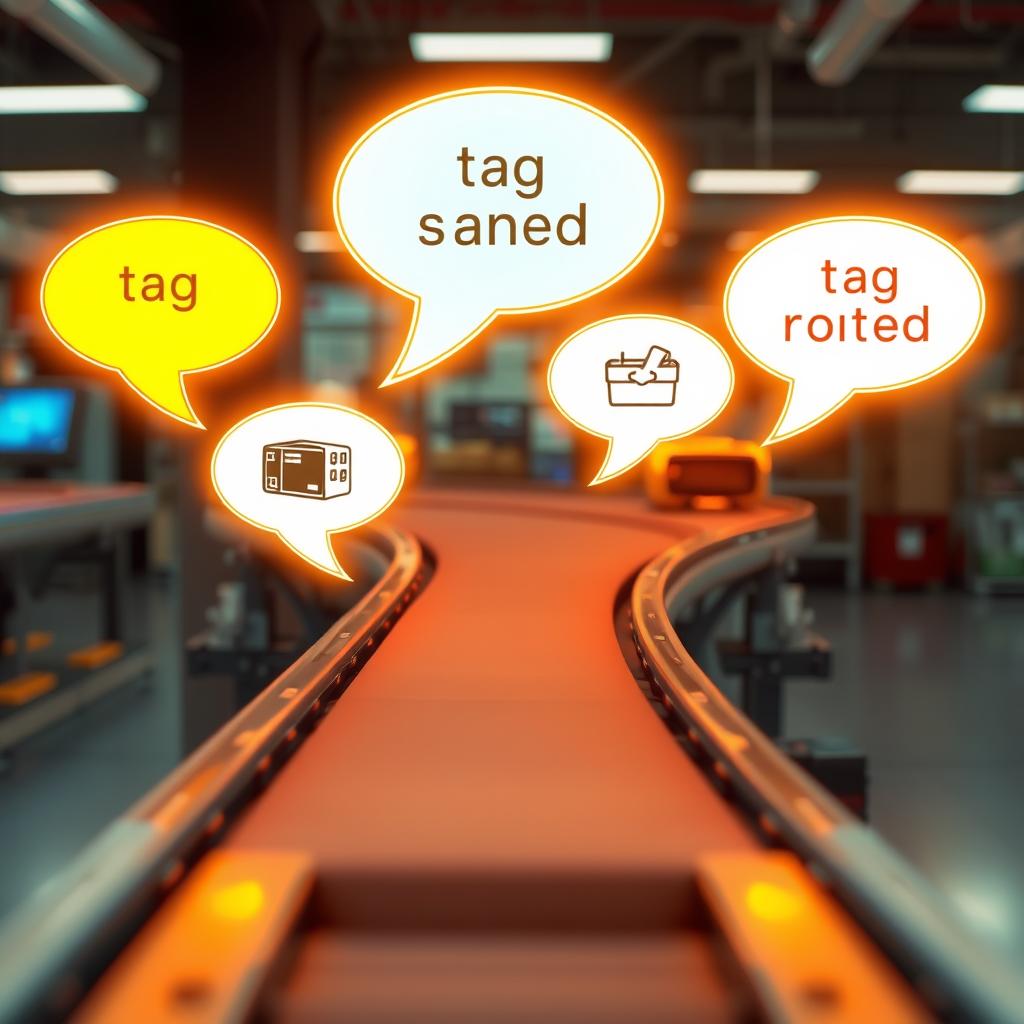Baggage messaging refers to the standard electronic communications that airlines and airports use to handle and track luggage. These messages tell the baggage system important events about each checked bag. The reason we need messaging is simple: many different computer systems and companies must coordinate to process each bag. For example, the airline’s check-in system must tell the airport’s baggage sorting system that “Bag #0178512345 belongs on flight XY123 to Paris.” After that, if the bag is transferred to a partner airline, the first airline needs to inform the next airline’s system. All of this is done by passing standardized messages around.

What kind of messages? IATA defines a set of “Baggage Information Messages” (BIMs) in its Recommended Practice 1745. Key message types include: BSM (Baggage Source Message), BPM (Baggage Processed Message), BNS (Baggage Not Seen), BUM (Baggage Unload Message), BMM (Baggage Manifest Message), and others (iata.org). For example, when you check in a bag at the counter, the airline’s system immediately sends a Baggage Source Message (BSM) to the baggage system. The BSM contains the license plate number, the passenger’s flight information, and routing details. The airport system uses that to sort the bag onto the correct conveyor. Later, once the plane is ready to depart, the airline sends a Baggage Manifest Message (BMM) listing all license plate numbers loaded on that flight. If a bag fails to make the flight, a Baggage Not Seen (BNS) or Processed (BPM) message is sent to indicate it was not loaded.
These messages are strictly formatted so that any airline or baggage system can understand them. The license plate number is the common key: every bag message includes that 10-digit ID, and that connects the physical bag (bag tag) to its electronic record. As one IATA document puts it, the license plate “is printed on the carrier tag in barcode form, and the number is used as the index to baggage information messages” (iata.org). In short, baggage messaging is the “who-what-when-where” of bag events – for example, which bag (LPN) was loaded where and when, or which bag is waiting for transfer.
Why is it needed? Without these messages, baggage systems would not know which bag goes with which passenger or flight. Messaging is what ensures that all partners in the journey have the same data. It also provides the data stream needed for baggage tracking (per Resolution 753). By exchanging BSM, BPM, BNS and so on, airlines build a real-time inventory of bags. This prevents many mishandlings: if a bag doesn’t appear in a manifest, the system flags it immediately. It also speeds up tracing if something goes wrong. In summary, baggage messaging is a critical, automated dialogue between systems – it tells each baggage handler how to route each piece of luggage, and it supports the tracking and accountability goals of modern baggage management (iata.org)


